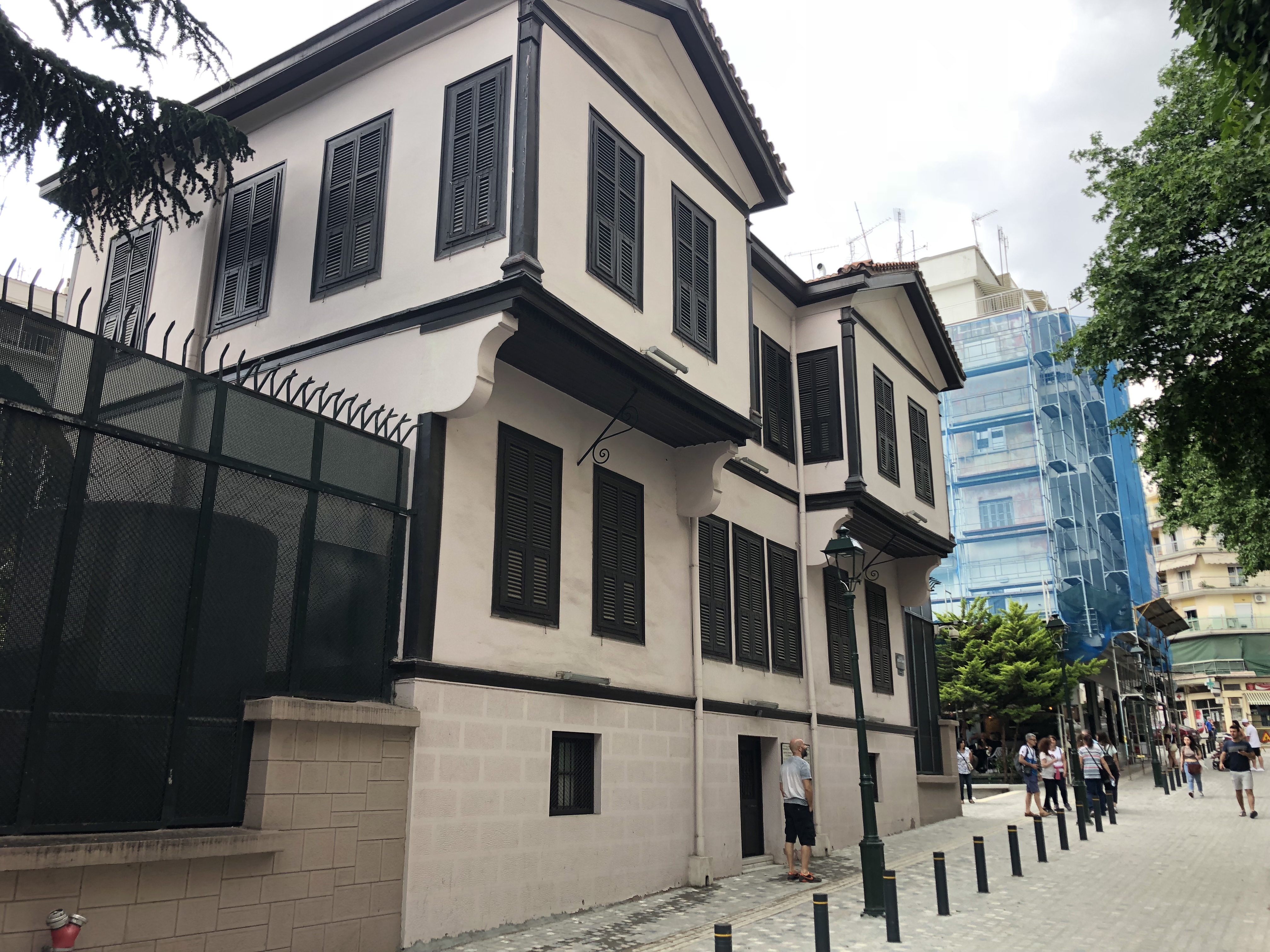
Hello dear readers,
It has been a long time since I last wrote. After this break, I am back with my writing about Thessaloniki.
Thessaloniki is the second largest city in Greece after Athens. If we say that the city resembles Izmir in many ways, we wouldn’t be mistaken. With wide balconies, long promenades, humid weather, and so on, you feel as if you are in Izmir.
The name Thessaloniki comes from Thessalonica, who was the stepsister of the great Macedonian king Alexander the Great.
Founded in 315 BC, the city has hosted many civilizations, including Byzantine, Roman, and Ottoman.
Thessaloniki has many important Ottoman artifacts. Some of these mosques are either unused or used for non-religious services. This is actually a rather negative situation that applies throughout Greece.
When you think of Thessaloniki, undoubtedly, every Turk’s mind conjures up the city where Atatürk was born. Atatürk was born here and studied until he went to Monastir. His house still stands today and is especially visited by Turks. Right next to the house is the Turkish Consulate General’s building.
The house was purchased by his father, Ali Rıza Efendi, before Mustafa Kemal was born, and he planted a pomegranate tree in the garden. This tree still exists here. Inside the house, there are some personal belongings belonging to Atatürk.



There are about 7,000 Turks living in Thessaloniki. However, it seems to me that there are Turks everywhere, especially during holiday seasons when a significant number of Turkish tourists come here. For this reason, Turks represent an important source of income for the city.
While wandering through the streets of Thessaloniki, you notice that the pavements, roads, and buildings need serious maintenance. I believe this is due to the inability of the Greek economy to recover after the crisis.
After making some brief evaluations about the city, let’s draw attention to some important works. First of all, you can use the map below to see the locations of these works.

Now, let’s begin by talking about Yedikule, the most prominent of these places.
Yedikule was a Byzantine castle used as a dungeon during the Ottoman period. It is a must-visit for seeing the view of the city. There is a parking area in front, and it is free to park as well as to enter the castle.


As you descend from Yedikule, you pass through the city’s walls.

If you start your city tour from the Atatürk house, I recommend you to walk down towards the sea and see the Yorgo Rotunda, which is an old mosque. It is also the only mosque with a standing minaret. There is an entrance fee here.

Later, you can continue walking down to see the Galerius Arch, which was built in honor of the Emperor Galerius, a significant figure for the city. It was constructed in the 3rd-4th century AD. The craftsmanship on it is truly magnificent.

As you walk down from the arch, you will reach the promenade. The promenade is very lively and is a symbol of the city. You can see people walking here.

At the beginning of the promenade stands the White Tower, one of the city’s most important monuments. This tower was built during the Ottoman period, and it is said that Mimar Sinan also constructed or repaired it. It was known as the Red Tower since it used to be a prison, but the Greeks painted it white and changed its name. However, nowadays, the white paint has faded, and it has regained its original appearance.

After taking pictures at the White Tower, you can walk along the promenade and view the seaside. When you reach the middle of the promenade, you will arrive at Aristotle Square. Here, people play games and feed the birds.

At the end of the promenade, you will encounter the port of Thessaloniki. As you enter this port, you will see shops on both sides. This is where the city’s nightlife begins. You can also buy souvenirs from here.

Right beside these establishments, you will see the neglected Selânik Iskele Mosque.

As you walk up from the sea, you will come across the Hamza Bey Mosque.

Then, if you walk further up and go a bit to the right, you will find yourself at the Roman Agora, known as the Roman Square.

On the opposite side of this square, there is a large park that extends to the shopping street leading down to Aristotle Square and includes the Bey Hamam.


On the northern side of the city, there is another neglected mosque. This mosque, called Alaca Imaret Mosque, was built in the 15th century.

The historical artifacts in Thessaloniki are certainly not limited to this. However, these are all I can share with you in a short time. I especially recommend getting lost in the narrow streets while exploring Thessaloniki.
Wishing you all happy travels.



Leave a Reply